Palo Alto College
History 1302
April 12, 2007
Vanderpool, Texas
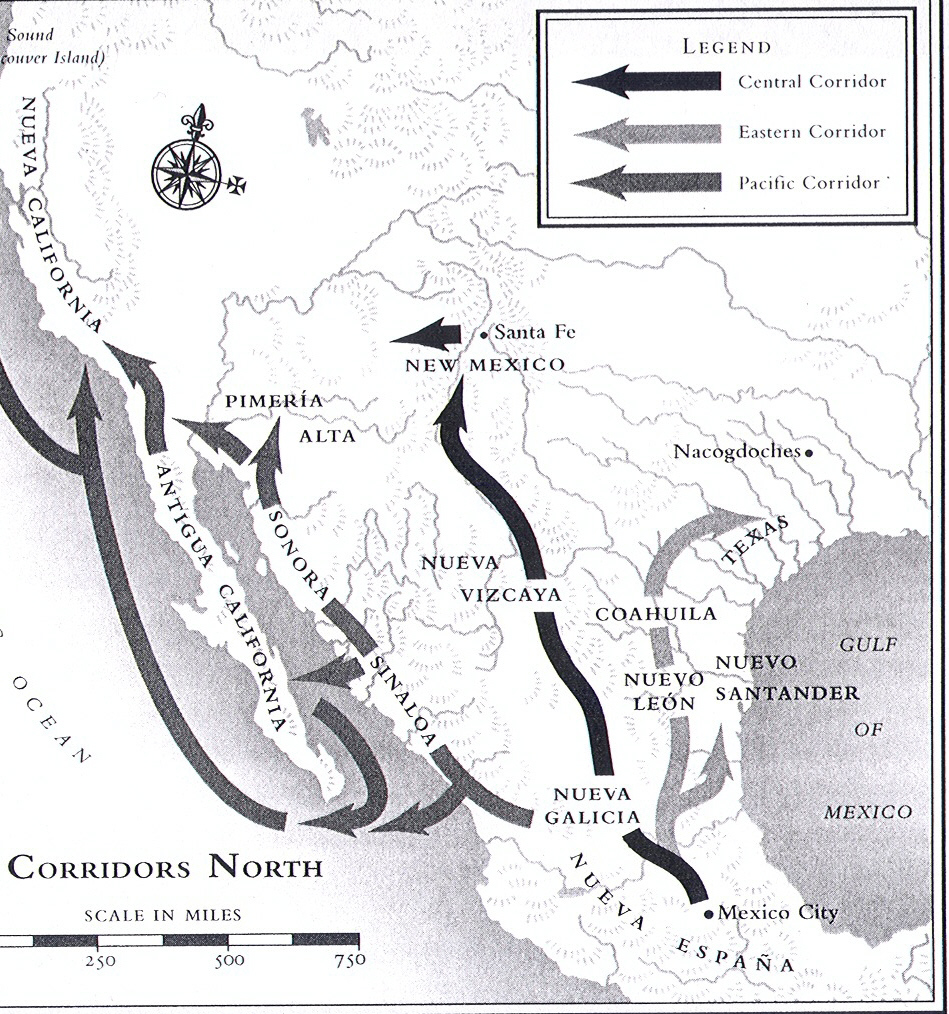
Texas Small Town History Project Palo Alto College |
|
Jennifer Faubion History 1302 |
Robert Hines April 12, 2007 |
Vanderpool, Texas 
|
|
Location: Vanderpool is located in Sabinal Valley on Edwards Plateau. While being a small town in Bandera County, people are drawn to the wonders of Lost Maples National Park. In 1990 the population was only 22. Vanderpool was first settled in the late 1820's. The main river way is Sabinal River & Canyon. As for the weather it's mostly cooler than other parts of Texas. In January the average low is 31 degrees. The high is 94 in July, which is low compared to Texas standards.
Founders:
There have been many Founding Fathers before and after the town received the name Vanderpool. One of the first known names of the town was Bugscuffle. On August 18, 1849, Vanderpool was given a headright certificate from the Republic of Texas. At that time Jose Texaso and Victor P. Considerant was the land owners. After being sold a couple of times the land was sold to Henry Taylor. He decided to sell some of the land to build schools, churches and a cemetery. After the post office closed down in 1889 and reopened in 1902 the town was re-named Vanderpool. This was a tribute to the first post master L. B. Vanderpool.
Landmarks: There are many historical landmarks in Vanderpool. The First is Lost Maples National
State Park which has 2174.2 acres. The elevation ranges 1800-2250 feet high. Lost Maples was
purchased in 1973 in order to preserve it for generations to come. It has lots of unique biological
refuge such as the maple trees and other rare or threatened plant species. The isolated Bigtooth
maples have vivid colors beautiful scenic qualities. Which many come to see during the fall
when the maple trees start to change their foliage. The park was open to the public in 1979.
Later it became a national landmark when the Lost Maples National Park Site Map Enlargement
Prehistoric People: There have been many prehistoric people that lived in the area of Vanderpool. Apache Indians established villages in the area of Vanderpool. Apaches came to the southwest between 1000 and 1400 A.D. They not only caused problems with the Spanish but later to the Mexicans and Texans. They learned to ride horses from the Pueblos. When the Comanche grew stronger the Lipans fled to Central Texas. As Anglo-Americans began the move to Central Texas they became friends with them. When the Lipans raided Mexico they took horses and other goods. Later they ended up selling the goods to the Anglos. After Texas gained independence they drew up their own treaty with the Lipans in 1838. Lipan Apache Indians name survived throughout the nineteenth century.
Comanche Indians played a major role in Texas history throughout much of the eighteenth and nineteenth century. The Comanche called themselves Nermernuh or "the people." There where five major bands of tribes. One of these bands was in the Edwards Plateau. They called themselves Penateka "Honey Eaters" or "WASPS" they played the most important role because of their location. They were a mostly nomadic people. After 1700, horses became a vital part of Comanche culture. Not only could they carry more than a dog or a woman, but they were also used in war. They were called "the lords of the plains" because fighting and pillaging became the central focus of their existence. Once a young boy killed his first buffalo he could take part in raids or fight. They had many enemies from the new Anglo-American to the Wichitas, Tonkawas and Lipan Apaches whom they drove out of their lands. The Comanche men even fought in WWI. On December 29, 1845 Texas became the 28th state of the Union. "Annexation formalities were completed on February 16, 1846. (11pg 114) It was important for America to get the Comanches on their side and retain peace so the government gave gifts for them to attend federal council meeting. The U.S. hope was that they get the Comanche to stop raiding in Texas. (11pg.114) In 1849-1850 a lot of Comanches died due to cholera and smallpox. The only time the Comanches had peace time with both the U.S. federal government and the Confederate Army was during the Civil War of 1861. Niether side could afford to have additional problem or spare man to fight and protect towns. After the war the Comanches were said to "swarmed out like angry hornets" (11pg.117) I was surprised that some Comanches had small mines. Some Comanches even made peace with the Spaniards to keep them away from their mines.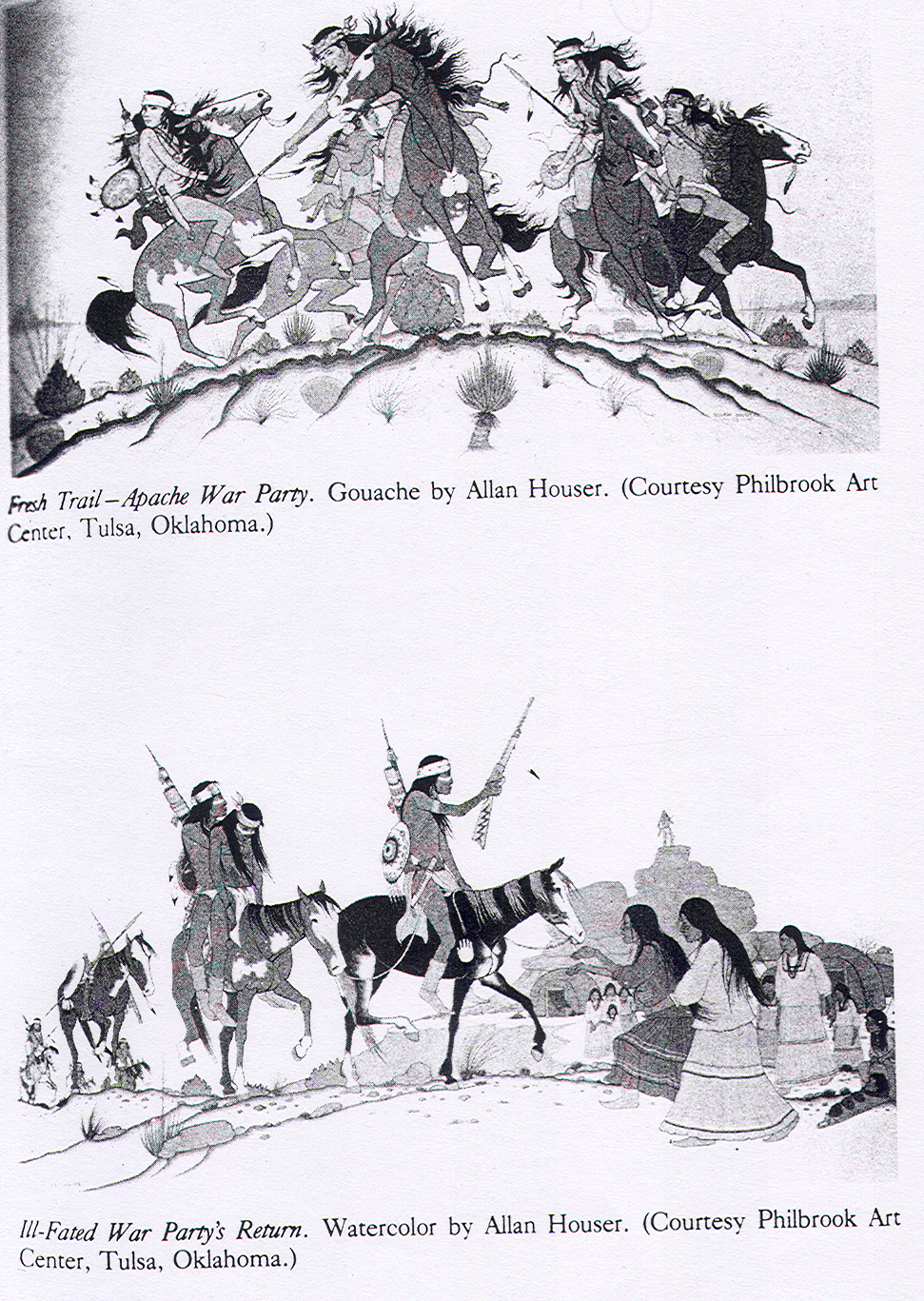
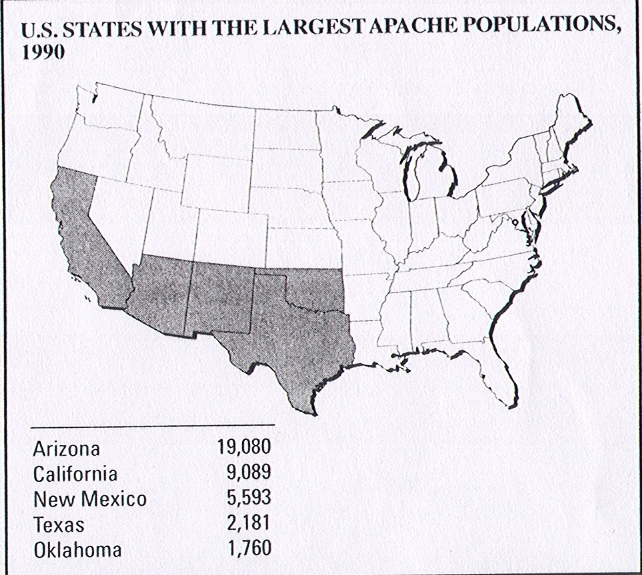
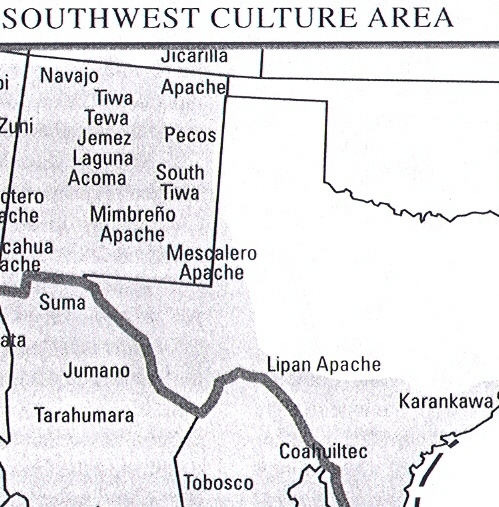
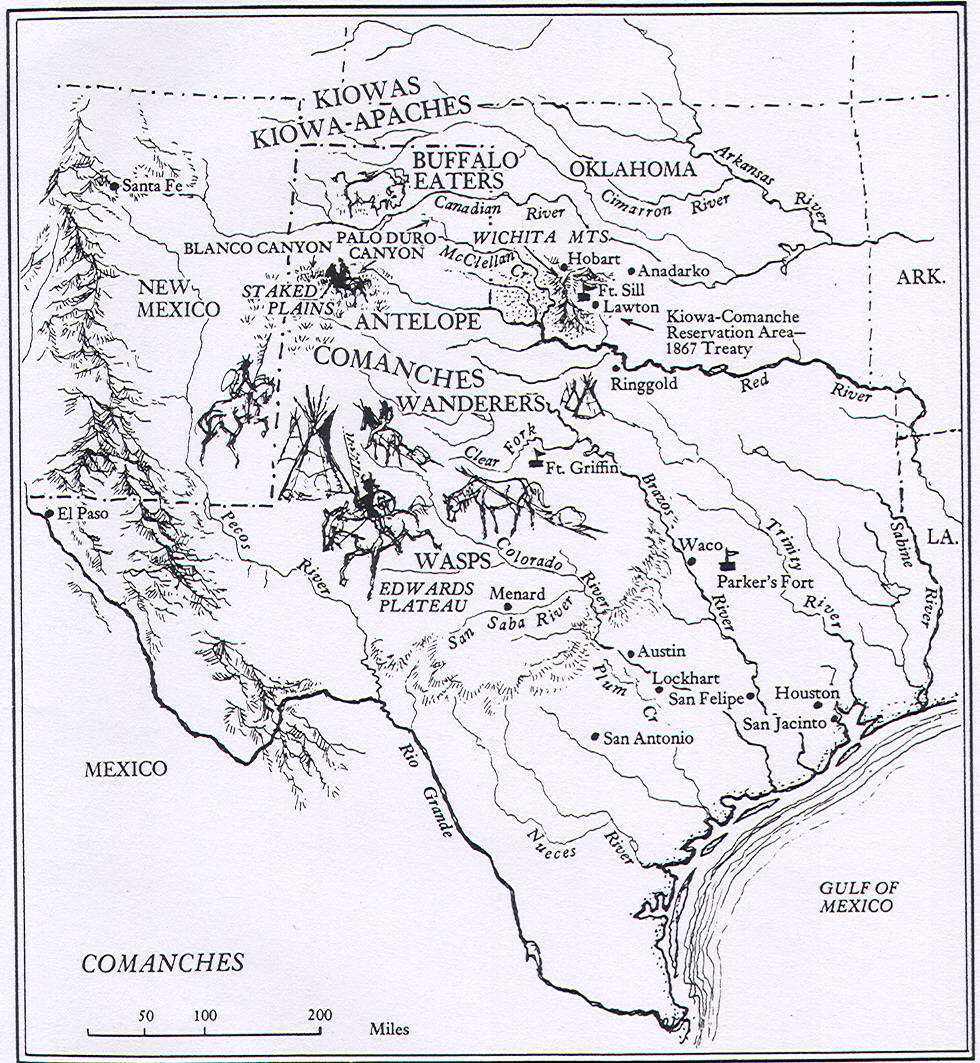
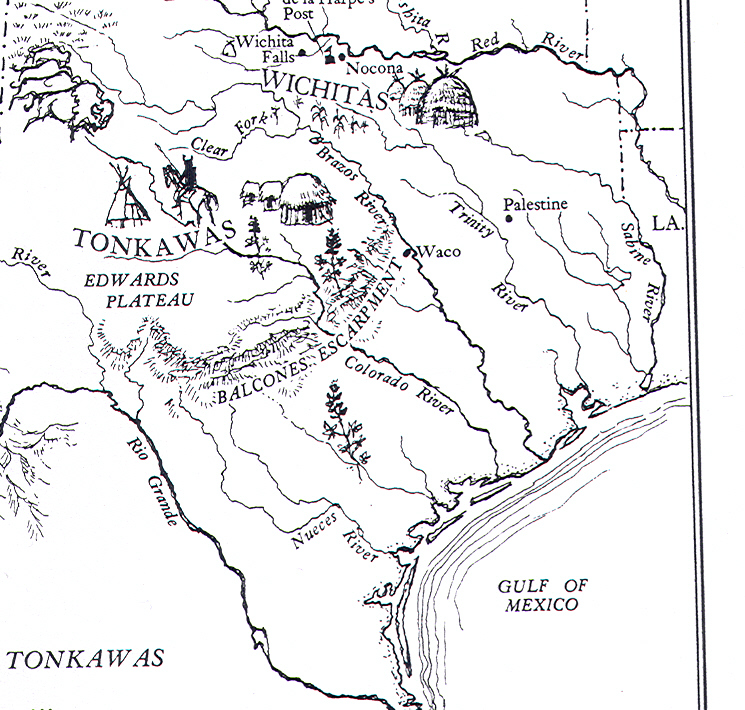
Tonkawa Indians where located in the central region on Texas in the early eighteenth century. Unlike other Indians they were ruled by maternal clans. Children became a part of the mother's clan along with their spouses. The most disturbing thing I learned was, after birth they would place a piece of wood to the baby's head to flatten it. Kickapoo Indians were scattered across Texas. They were semi-nomadic people. In the mid-nineteenth century they divided into three main groups. One of the groups was known as the Texas band of the Oklahoma Kickapoos or the Mexican Kickapoos. The Spanish colonial officials invited the Kickapoos to settle in Texas. The officials hoped they would serve as a buffer against the American expansion. Once Americans settled into Texas they fought constantly. Because of the acts of violence it was justification for attempting to force all Indians out of Texas. They harassed and successfully fought off the Comanche and the Apache settlements in South Texas. The Kickapoos ended up leaving Texas because they thought we declared war on them. Their only transportation was the use of horses.
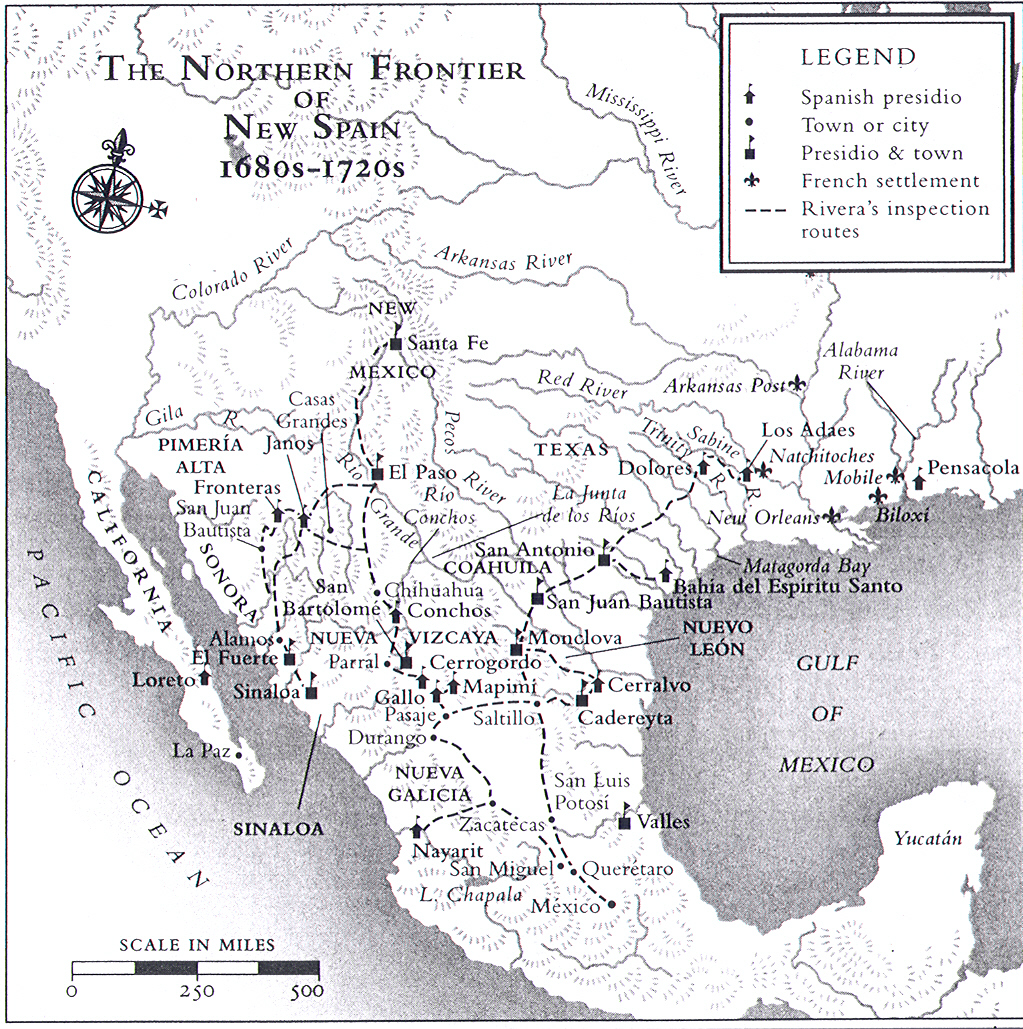
Texas was apart of the Spain's interior provinces. They also operated small mines in Texas. (pg23) In 1786 Spain began to fight the Apaches. Some Indians traded rations of meat, corn and tobacco for tools or medicine that they lack. Some did not want anything to do with New Spain, so they just stole and killed on their raids. The Spanish wanted peace but could not enforce their customs and what they called a "rational life." (pg28) By 1795 Spain became more concerned with the U.S. Spain new "the U.S. possessed valuable assets with which to expedite any invasion that it might plan against their provinces." (pg45) The Spanish started taking every precaution far in advance, observing the Anglo-American states and their design. Spanish royalists and revolutionaries wanted access to the U.S. after their fiasco in central New Spain. "Father Hidalgo and his advisers thought their best chance to win aid from the U.S. or France layed in capturing the Provincia Internas; Texas became the key." (12pg.356) Officials were given orders by Governor Salcedo, to close Texas' borders to foreign travelers and seditious literature. Then it even got more outrageous when Texans were told to remain in the vicinity of their homes. (12pg362)
1. Handbook of Texas Online: Vanderpool, TX; page1: Janie S Tubbs
Attended audience is general; Compare with other cited on Vanderpool, TX Area; made me more informed about Vanderpool, Texas
2. Handbook of Texas Online: Lost Maples State Natural Area; page #1: Roy E. Heideman
Attended audience is general; Compare with other cited on Lost Maples State Natural Area; Main attraction for Vanderpool
3. Wikipedia, the free encyclopedia: Vanderpool
Attended audience is general; Compare with other cited on Vanderpool, TX Area; made me more informed about Vanderpool, Texas
4. Handbook of Texas Online: Edwards Plateau: Page #:1-2E. H. Johnson
Attended audience is general; Compare with other cited on Edwards Plateau Area; made me more informed about Edwards Plateau in Texas and the Indians which once lived on the land
5. Handbook of Texas Online: Tonkawa Indians; page #1-4: Jeffrey D. Carlisle
Attended audience is general and Historians; Compare with other Indians in the Area; Let me know how the interacted as new races came into their communities.
6. Handbook of Texas Online: Kickapoo Indians: page #1-4: M.Christopher Nunley
Attended audience is general and Historians; Compare with other Indians in the Area; Let me know how the interacted as new races came into their communities.
7. Handbook of Texas Online: Comanche Indians: page #1-7: Carol A. Lipscomb
Attended audience is general and Historians; Compare with other Indians in the Area; Let me know how the interacted as new races came into their communities.
8. Handbook of Texas Online: Apache Indians: page #:1-5 Jeffrey D. Carlisle
Attended audience is general and Historians; Compare with other Indians in the Area; Let me know how the interacted as new races came into their communities.
9. Views from the Apache Frontier; Report on the Northern provinces of New Spain; Page #21,23,28,45: Jose Cortes, lieutenant in the Royal Corps of Engineers, 1799; Edited by: Elizabeth A. H. John; Translated by John Wheat. Copyright 1989; published by the University of Oklahoma Press, Norman, Publishing Division if the University.
Attended audience is general and Historians; Compare with other Indians in the Area; Let me know how the interaction between New Spain and Apache and how they came into their communities.
10. Comanche's & Other Indians of Texas; page#70-72,81,114,117; Marian T. Place; Copyright 1970
Attended audience is general and Historians; Compare with other Indians in the Area; Let me know how the interaction between New Spain and Comanche's and how they came into their communities. Also let me know the name which the Comanche's called themselves. The treaty that some of the tribes signed as well.
11. Spain in the Southwest; page #238,364-356: John L. Kessell; Copyright 2002 by the University of Oklahoma Press, Norman Publishing Division of the University.
Attended audience is general and Historians; Let me know how the Spaniards interacted with the Indians and the Anglo-American races that came into their communities or that Spain took over.
12. The Native Americans of the Texas Edwards Plateau 1582-1799: Page#xix,161,182,183; copyright 2003by the University of Texas Press; Publication: University cooperative Society Subvention Grant awarded by the University of Texas at Austin
Attended audience is general and Historians; Compare with other Indians in the Area; Let me know how the interacted as new races came into the Indian communities.
Annotated Bibliography: